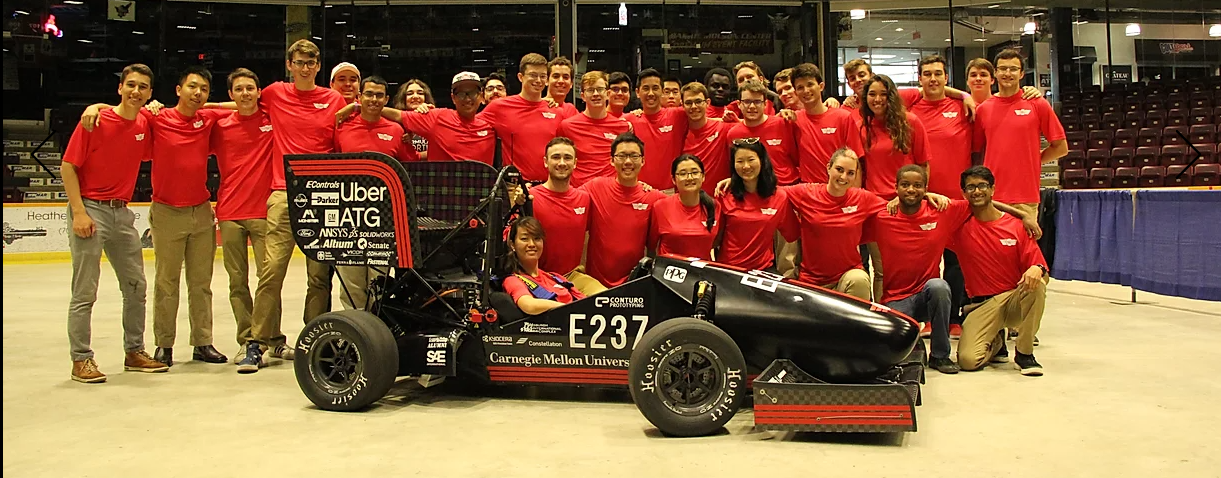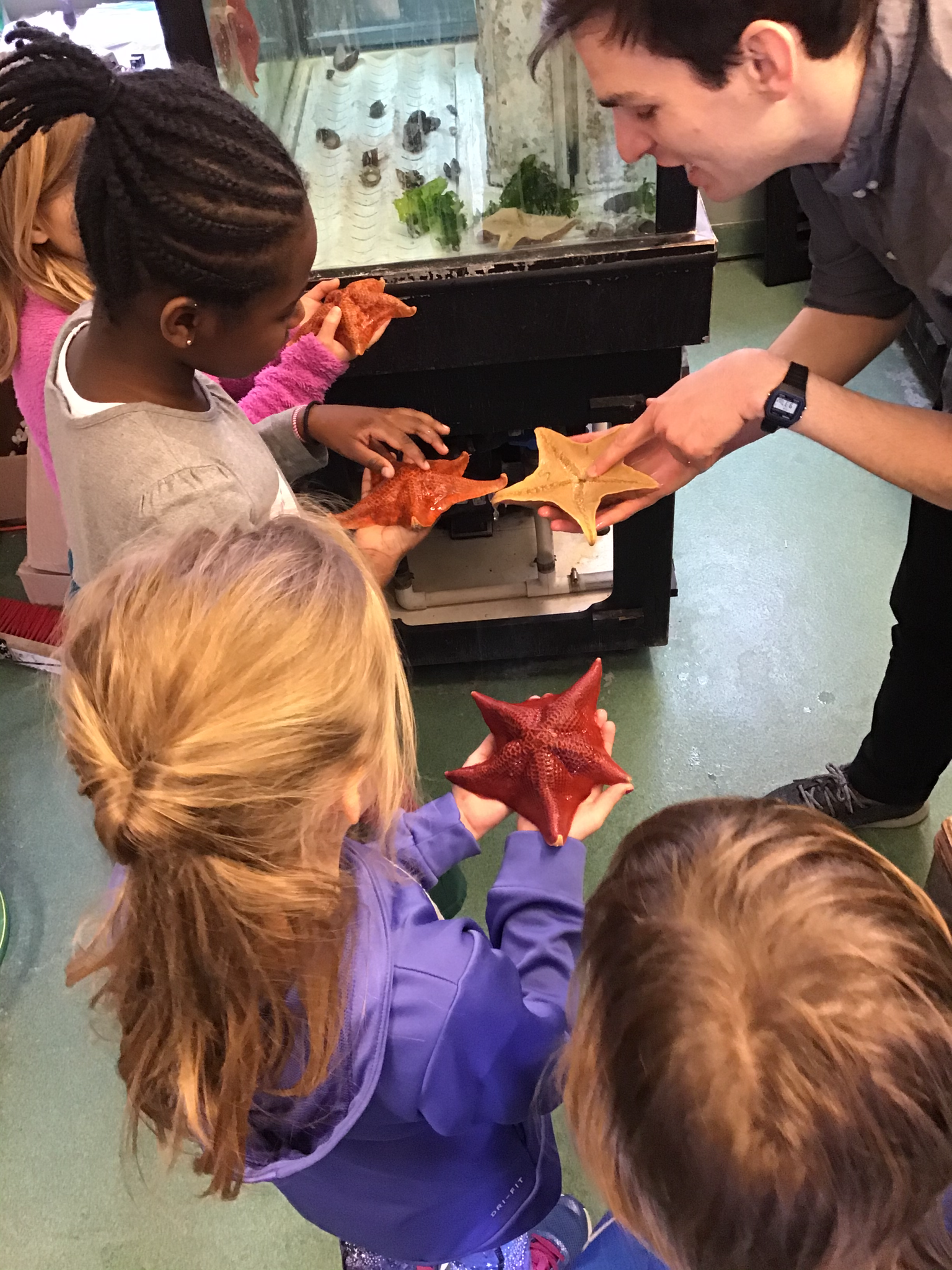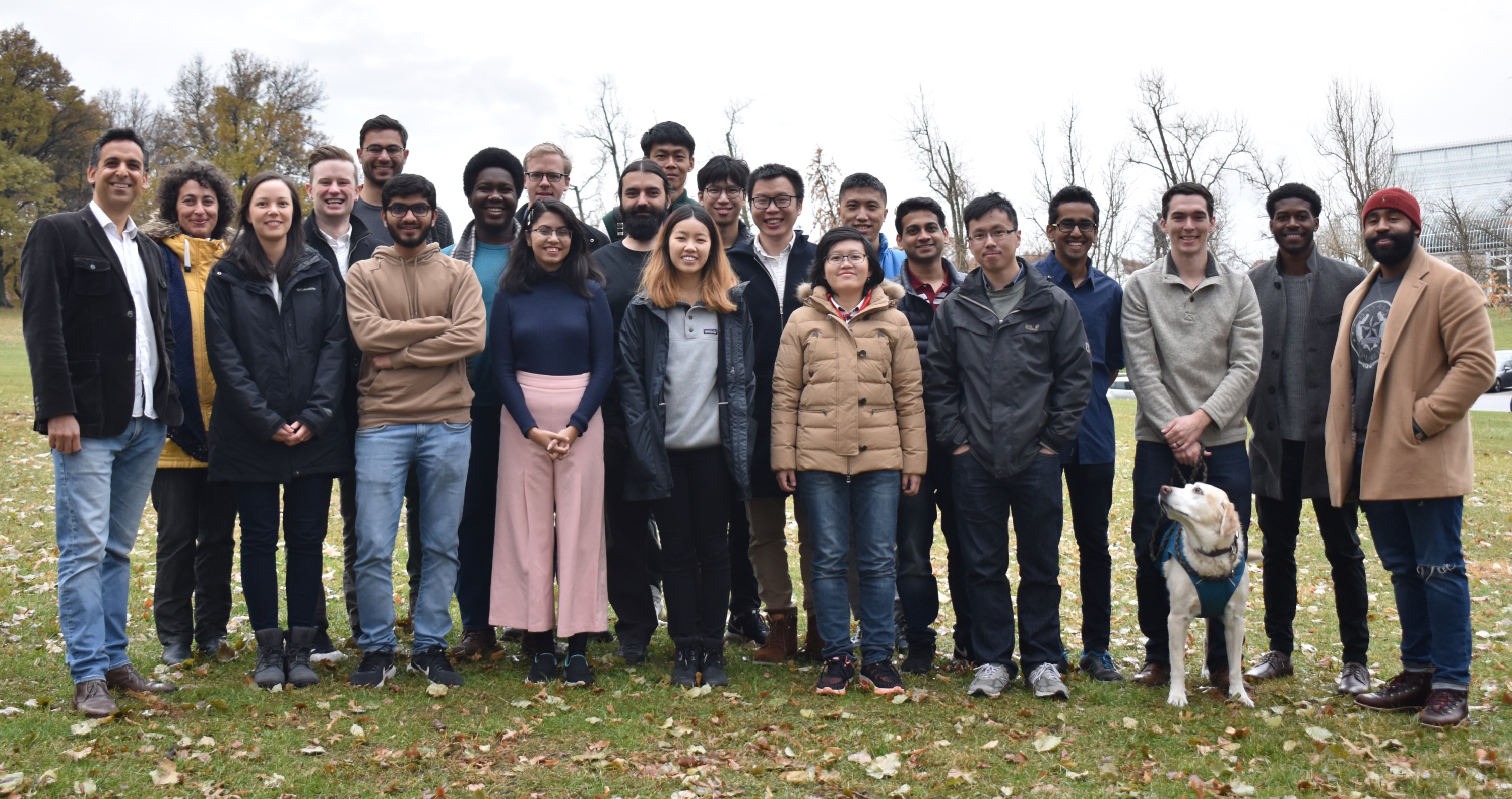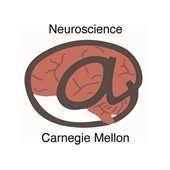CMU Groups and Organizations
BORG Group
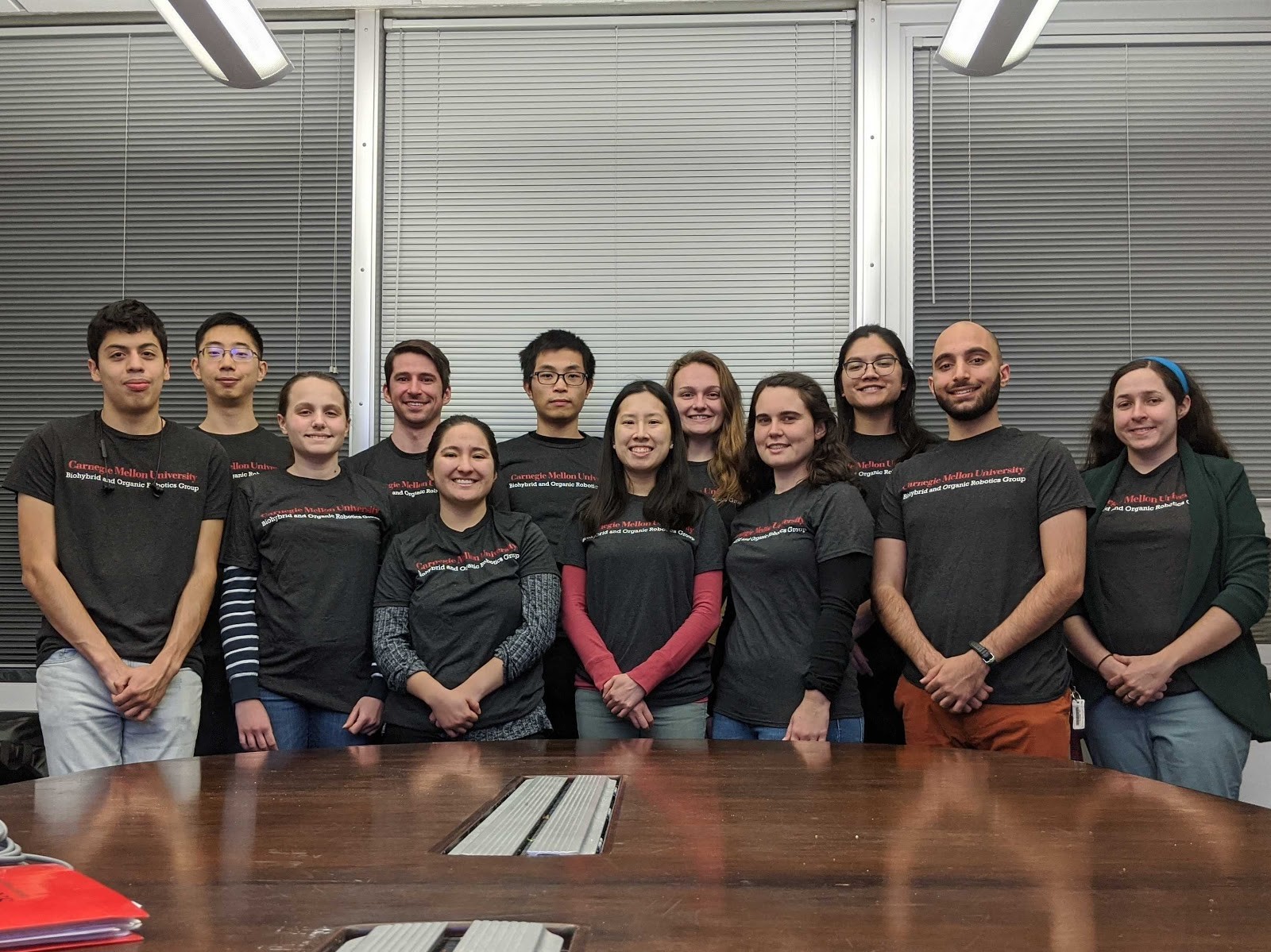
The Biohybrid and Organic Robotics Group (B.O.R.G.) at CMU have created workshops for Gelfand Outreach based on robotics. Animals have long served as an inspiration for robotics. However, many of the mechanical properties, physical capabilities, and the behavioral flexibility seen in animals have yet to be achieved in robotic platforms. Towards addressing this gap, research in the CMU Biohybrid and Organic Robotics Group (B.O.R.G.) focuses on the use of organic materials as structures, actuators, sensors, and controllers towards the development of biohybrid and organic robots. The research group’s long-term goal is to develop completely organic, autonomous robots with programmable neural circuits. These robots will have future applications in medicine, search and rescue, and environmental monitoring.
CMU Racing
Carnegie Mellon Racing is Carnegie Mellon's chapter of the Society of Automotive Engineers (SAE). The team designs and builds a fully electric Formula 1 style race car to compete with university Formula SAE teams around the world. It is accessible to mechanical engineering students of different experience levels, backgrounds, and areas of study. The group also sponsors presentations by engineers working in the automotive industry. The faculty advisor is Satbir Singh.
DNA Zone
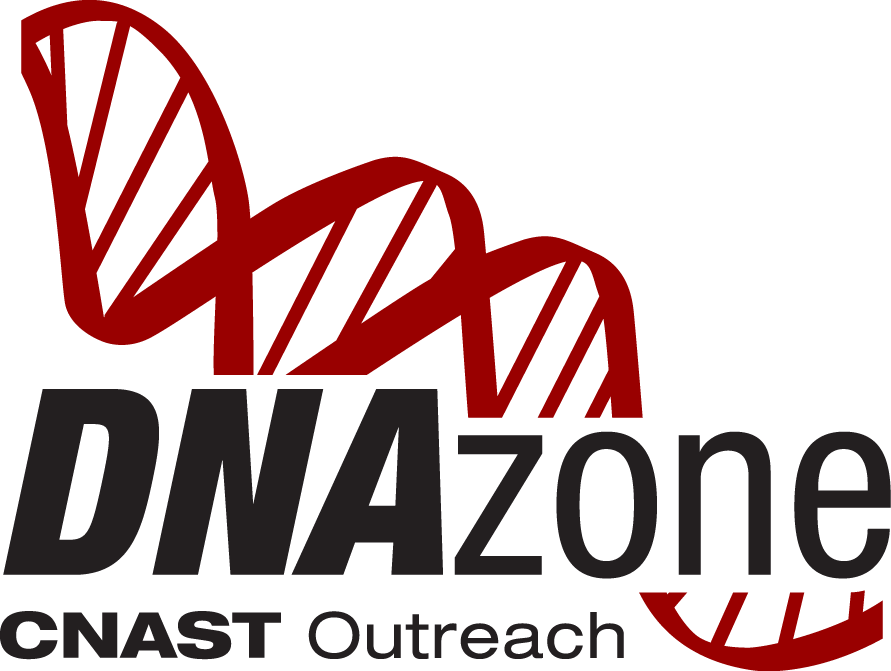
The DNA Zone is an educational outreach program focused on students in grades K-12. DNA Zone attracts students to science by exposing them to modern and exciting, state-of the art aspects of nucleic acids science. This program fosters students’ interest in science, technology, engineering, and mathematics (STEM).
Feinberg Lab
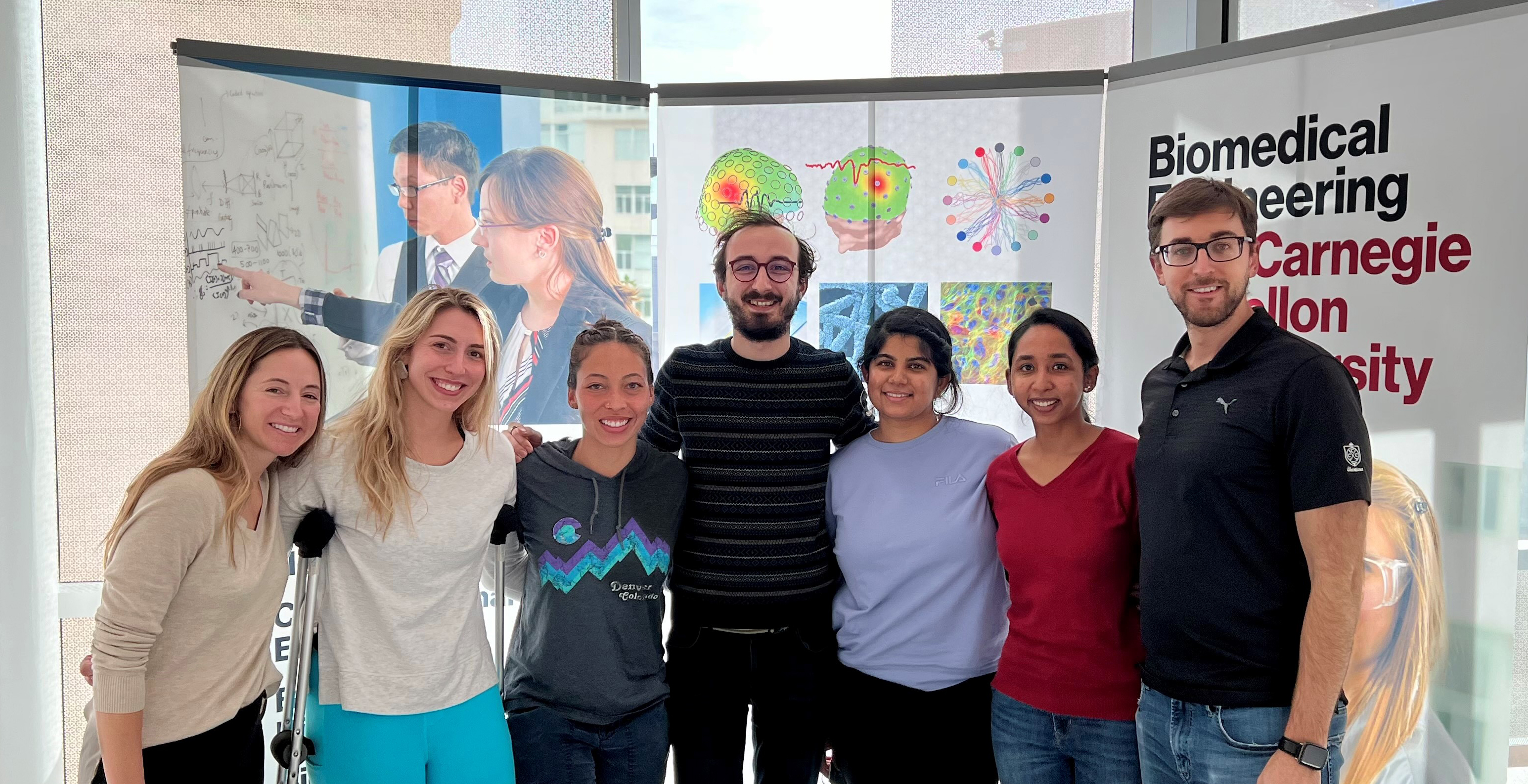
Professor Feinberg’s lab is developing materials-based engineering strategies to encode information in the 3-D environment of the cell. They are currently investigating the basic properties of engineered ECM and using this to build cardiac, skeletal and corneal tissues. On the basic science side, they are exploring the biomechanics and mechanobiology of engineered fibronectin, laminin and collagen nanofibers. On the applied side, they are merging developmental biology and materials science to build 2-D and 3-D scaffolds that drive stem cells to differentiate and form functional tissues.
Future Leaders of Science
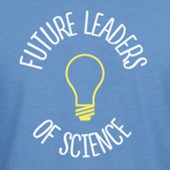
Future Leaders of Science (FLOS) is an outreach organization that is designed to create and foster K-12 students’ interest in the sciences by displaying various science demonstrations to teach children the fundamental concepts in the sciences. Both undergraduate students and graduate students with a love of science, regardless of their level or field of expertise, are taught the demonstrations and then work together to display and explain the science behind the demonstration.
Girls of Steel
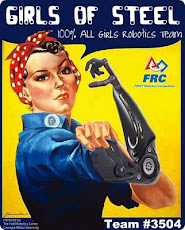
Girls of Steel is an award-winning all-girl sixth-year FIRST® robotics (FRC) team based at Carnegie Mellon University’s Field Robotics Center. Team members are students in grades 8 (junior members) through 12 from 30+ different schools around Pittsburgh and four different educational options including traditional public, private, cyber charter and home school. Girls of Steel competed in their first FIRST robotics competitions in the spring of 2011. The Girls of Steel – more than just a robotics team – has a mission “To find success in the empowerment of girls through well-developed skills in STEM.” The team has offered “Introduction to Mobile Robotics” multiple times – at outreach events such as Carnegie Science Center’s “Girls Rock Science” and at other workshops at Carnegie Mellon and at CalU’s Center for Innovation. presentation at schools and K-12 STEM related events in the area.
Hinman Lab
The Hinman Lab has several broad interests that include “how genomes control cell fate decisions during development and how this evolves”. They think about development as embryonic and non-embryonic. Their motto is to not be limited by approaches and technologies: therefore, they work in molecular biology, genomics, biochemistry, microscopy, high throughput sequencing, embryology and computational biology. They are very collaborative because they always want to find out how to do new things and like working with diverse people. Their lab uses a range of echinoderm species as model systems which they house in the Marine Genomics Facility at the Mellon Institute. These organisms are especially well suited to high throughput analyses as they can readily generate and raise transgenic embryos and larvae. They work with multiple species of echinoderms, including sea urchins, Stronglyocentrotus purpuratus, Lytechinus variegatus, the sea star Patiria miniata and the sea cucumber Parastichopus parvimensis.
Jen Lab
The Jen Research Lab is part of the Center for Atmospheric Particle Studies (CAPS) at Carnegie Mellon University which focuses on developing a holistic approach to characterize atmospheric nanoparticles. They examine the life cycle of aerosol particles in the atmosphere and how these particles ultimately affect air quality and the environment. Specifically, they research how gaseous compounds emitted from various sources react to form and grow aerosol particles in the atmosphere. Thus, they study particle growth pathways and develop models for aerosol particles in the atmosphere, and specialize in the design of nanoparticle sizers, counters, and chemical speciators.
Majidi Lab
Majidi Lab is the Integrated Soft Materials Lab for human-compatible machines and electronics. Their goal is to discover materials, hardware architectures, and fabrication methods that allow robots and machines to behave like soft biological organisms and be safe for contact with humans. The aim is to replace the bulky and rigid hardware in existing robots with soft, lightweight, and deformable technologies that match the functionality of natural biological tissue.
Neuroscience Student Advisory Council
NeuroSAC aims to foster professional relationships among neuroscience students, and to spread awareness of and education about neuroscience to the CMU campus and the greater Pittsburgh community. The purpose of NeuroSAC is to encourage professional interest and excellence in scholarship, particularly in neuroscience. Award recognition to students who have achieved such excellence in scholarship. Advance the discipline of neuroscience. Encourage intellectual and social interaction between students, faculty, and professionals in neuroscience and related fields. Promote career development in neuroscience and related fields. Increase public awareness of neuroscience and its benefits for the individual and society and encourage service to the community.
Ren Lab
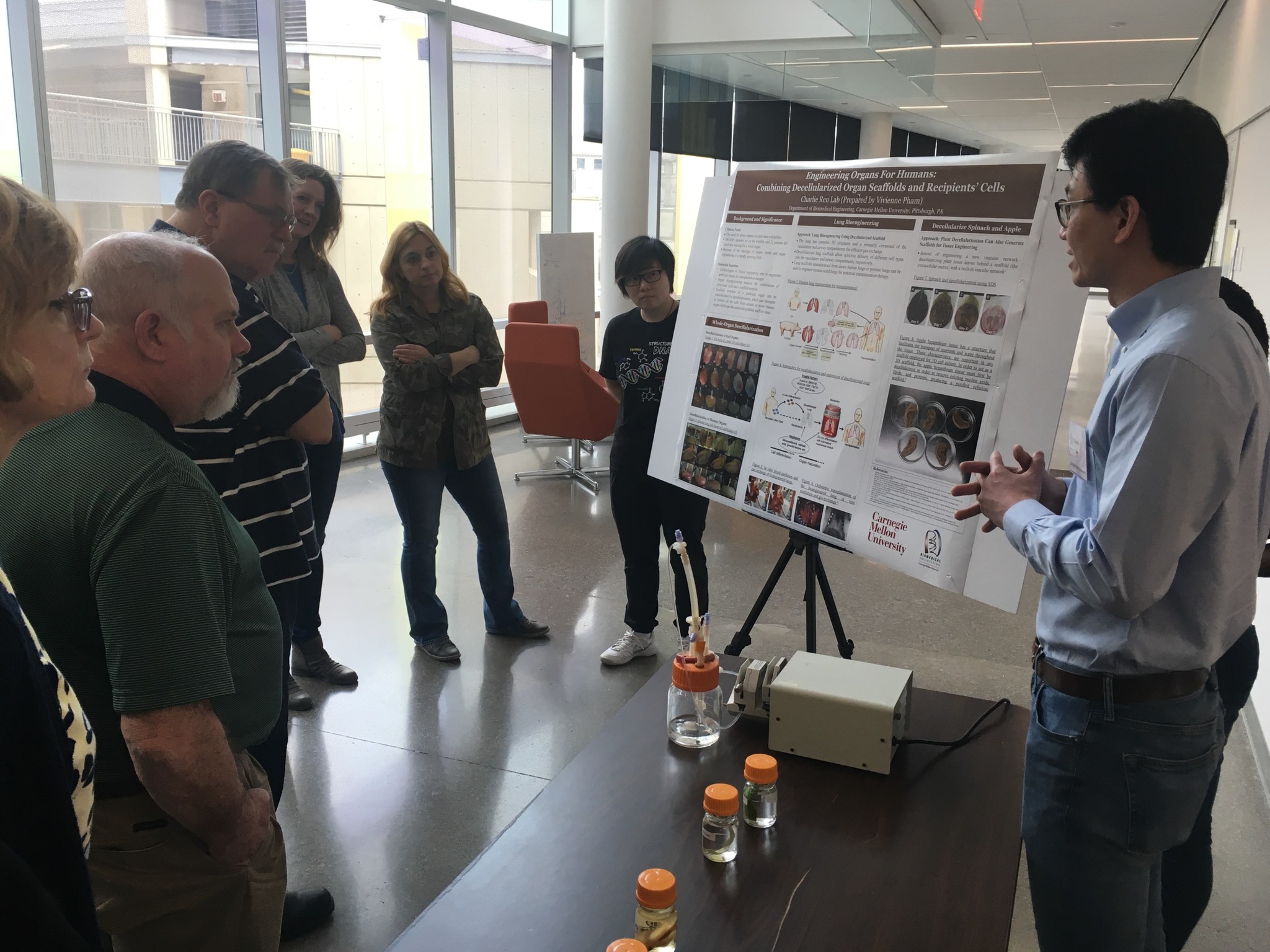
The Ren Lab's research aims to understand the molecule profiles behind organ-specific vascular phenotypes; to enable derivation of organ-specific endothelium from pluripotent stem cells by recapitulating its essential cellular and extracellular niche; and eventually to engineer organ-specific vasculature. They do a variety of classes and professional development for the Gelfand Outreach programs.
Taylor Lab
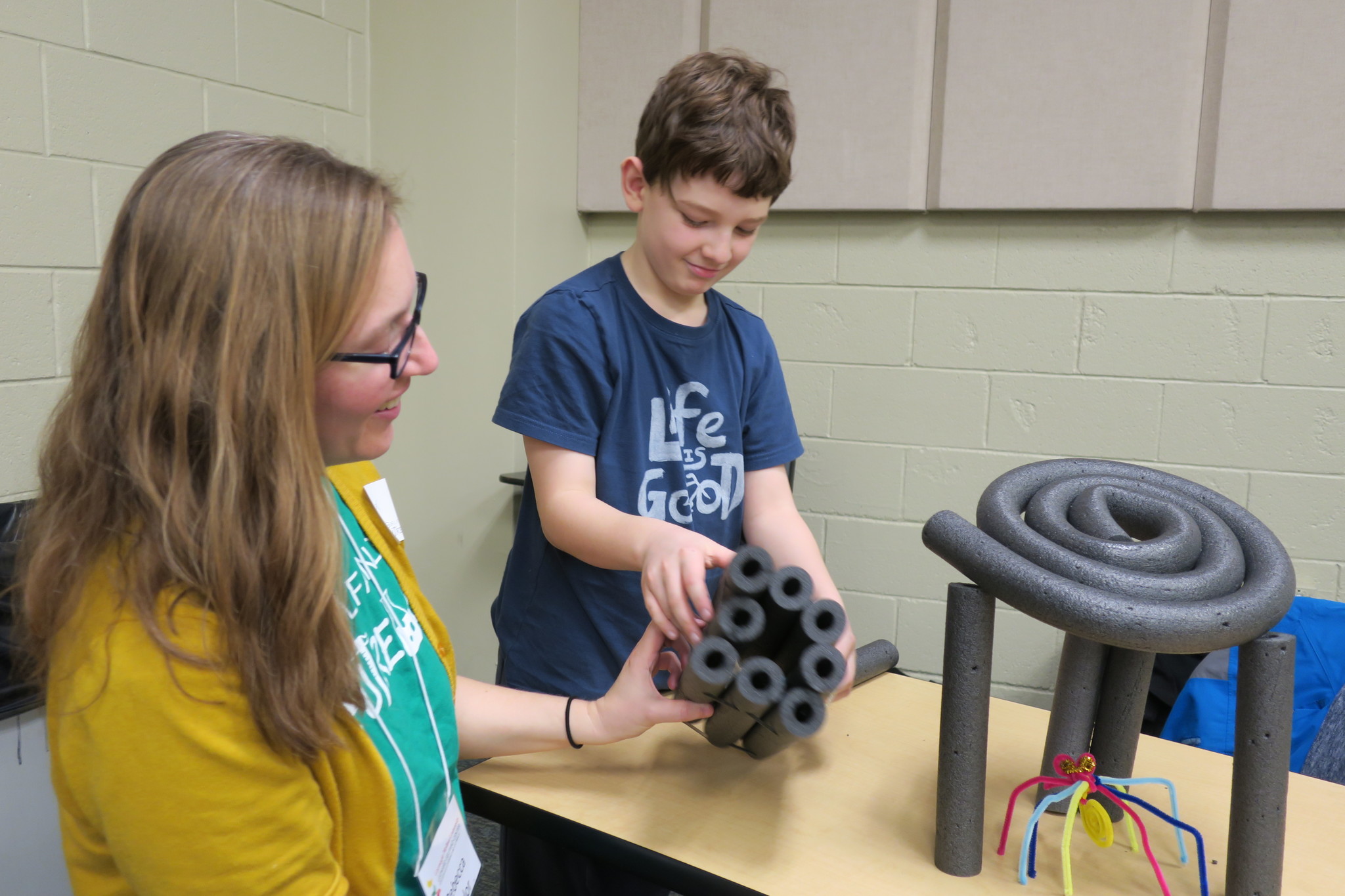
The Taylor Lab studies form and function in micro- and nanosystems. Using modern micro- and nanofabrication techniques they develop mechanical systems, including sensors and actuators, that exhibit extreme mechanical properties. They are also interested in developing tools for experimental mechanobiology at the micro and nano scales, focusing specifically on cardiovascular biomechanics. Applications for their engineered systems range from drug develop assays to stretchable biosensors.
